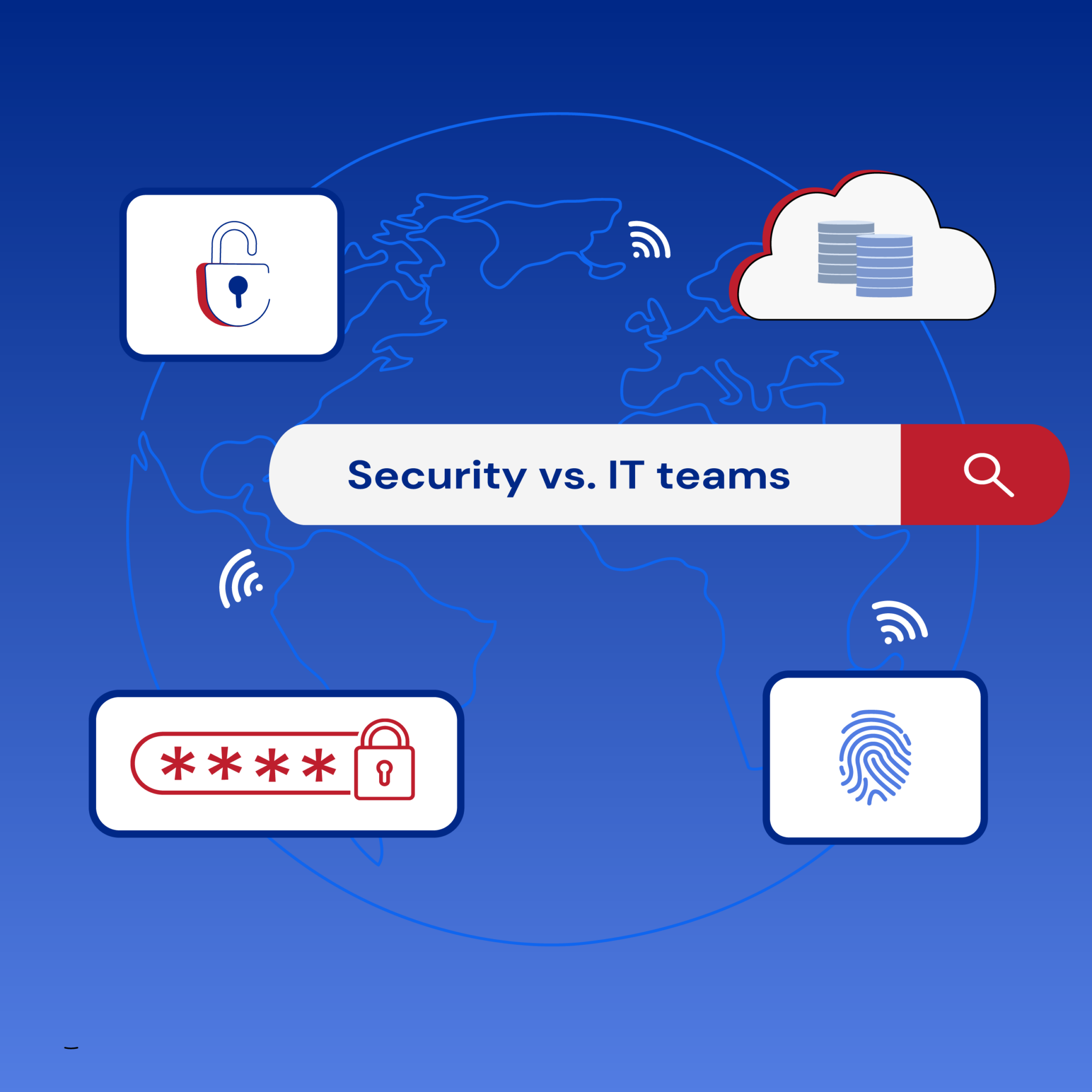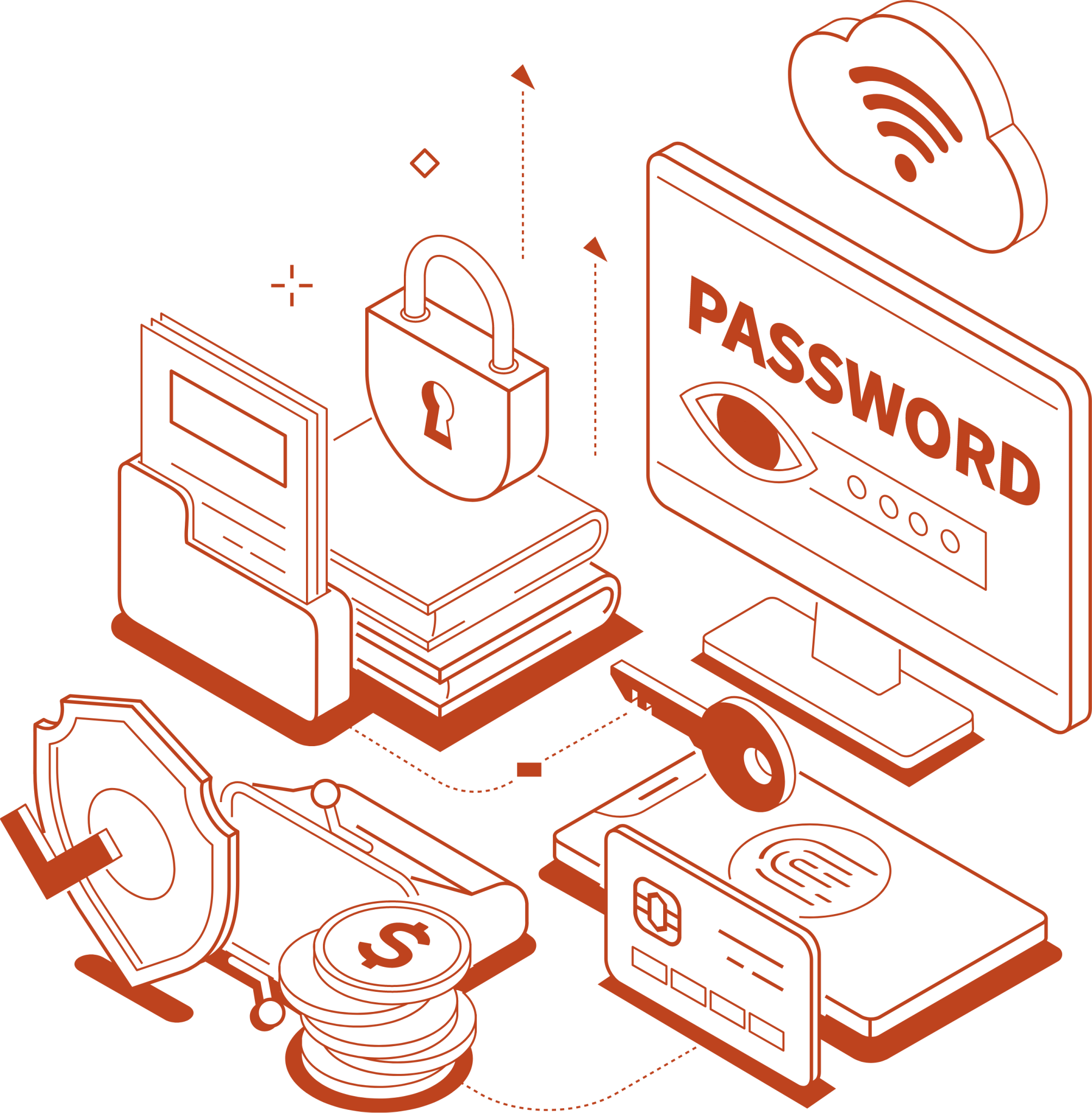The Shifting Attack Surface
In our technology-driven society, businesses are increasingly dependent on their IT networks to facilitate day-to-day operations. While conventional methods of IT network security concentrated primarily on safeguarding corporate networks against external dangers, the swift evolution of technology has rendered this approach inadequate. The landscape of cybersecurity is constantly shifting, marked by the rise of social engineering and an ever-adapting array of threats. As we enter a new era akin to a cyber gold rush, the focal point has shifted towards targeting individual users.
This article endeavors to underscore the critical significance of comprehending the dynamic attack surface that malicious entities exploit. It emphasizes the paramount importance of directing attention toward shielding individual users against these burgeoning threats, reflecting the evolving nature of cybersecurity in this digital age.
The Traditional Attack Surface: Network-Centric Security
If you have a penchant for 90’s hacking movies, you’re likely acquainted with buzzwords like “mainframe,” “firewall,” and the iconic “I’m in,” all uttered in the same breath. While these terms still hold relevance in today’s intricate network infrastructure, they fall short of encompassing the novel attack surface exploited by malicious entities, which is now fixated on individual users.
For those unacquainted with the term “attack surface,” count yourself fortunate. In the realm of cybersecurity, the attack surface denotes the multitude of entry points where malevolent actors can endeavor to breach a network’s fortifications. Historically, these fortifications centered primarily around firewalls, intrusion detection systems, and an array of other security measures.
In bygone times, the attack surface extended to encompass the entirety of the network’s interconnected elements. Given that a network comprises diverse components, including routers, switches, servers, and other network devices, these components along with others constitute the bedrock of a business’s IT framework. Despite their robust nature, they often nurtured a deceptive sense of security. The malevolent actors, however, have evolved into more sophisticated entities, engineering innovative methods to circumvent these safeguards through advanced technology, social engineering, or a fusion of both.
The landscape of cyber threats is undergoing a metamorphosis, with an increasing variety of focused assaults, rendering the task of network-centric defenses an uphill struggle. Moreover, threats can emanate from within the network due to insider breaches or compromised credentials. Consequently, businesses must embrace a more all-encompassing and adaptable security approach to thwart such incursions.
The New Reality: An Expanding Attack Surface
The ever-evolving landscape of cybersecurity has undergone substantial transformations in recent years. Malicious actors have discerned that besieging heavily fortified network strongholds might not always yield commensurate rewards for the effort invested. Much like nature’s principles, these malevolent forces have discovered the route of minimal resistance, leading them to a common destination: individual users.
Two primary catalysts fuel this paradigm shift: the ascent of remote work and the pervasive embrace of the BYOD (Bring Your Own Device) ethos.
In the realm of remote work, users frequently access sensitive data and applications from the comfort of their homes or public Wi-Fi networks, thereby expanding the attack surface area that malevolent actors can exploit in their quest for entry points. The BYOD ethos introduces its unique complexities to corporate environments, as personal devices deviate from the stringent guidelines and protective measures typically associated with company-issued counterparts.
Furthermore, the widespread integration of cloud services has revolutionized data storage and retrieval for businesses. While leveraging cloud platforms offers advantages, it concurrently introduces security quandaries, exposing potential vulnerabilities through misconfigurations, lax access controls, and shared responsibility frameworks, thus imperiling the sanctity of sensitive data.
Completing this ominous tableau is the formidable emergence of the Internet of Things (IoT) phenomenon. Whereas previously, the extent of internet connectivity was confined to corporate servers, the advent of numerous personal and corporate IoT devices – encompassing everything from smart home assistants to industrial sensors – has ushered in a new era. These devices, each independently connected to the digital realm, might seem convenient, especially when interfaced via mobile apps; however, they starkly magnify the existing attack surface. Often bereft of robust security fortifications, these IoT devices become unwitting targets for exploitation by malicious actors, intensifying the already intricate cybersecurity landscape.
Understanding the User-Centric Attack Surface
The cybersecurity landscape is shifting toward a user-centric attack surface, encapsulating vulnerabilities entwined with human actions and interactions within the technological realm. The adage that human beings represent the Achilles’ heel of any cybersecurity arsenal holds, underscores a disheartening reality.
You might ponder, what renders individual users such alluring prey for malevolent entities when the coveted secrets and troves reside within company servers? The answer lies in the undeniable fact that individual users often wield the very keys that unlock the vaults coveted by malicious actors.
These malevolent forces frequently set their sights on users, employing tactics such as social engineering, phishing emails, malevolent links, phone scams, and deceptive QR codes. Exploiting human fallibility constitutes a prevalent strategy, capitalizing on inadvertent information disclosure to seemingly trustworthy figures, either via impersonation or the misuse of pilfered credentials.
Benefits of Shifting Focus to User Protection
Heightened resilience against intricate threats:
- Enabling users to discern and counter potential hazards affords businesses an additional stratum of safeguarding against sophisticated cyber assaults.
- Equipping employees with cybersecurity acumen and consciousness transforms them into the vanguard against cyber perils, bolstering the initial defense line.
- Mitigation of the repercussions stemming from insider threats: A user-centric approach adeptly pinpoints and mitigates insider threats, irrespective of malevolent intentions or inadvertent actions.
- The integration of user protection into the pre-existing network-centric security architecture synergizes harmoniously, yielding a potent and holistic defense strategy. This amalgamation fosters a resilient and all-encompassing security posture.
Strategies for Effective User Protection
A plethora of actions are at the disposal of small businesses aiming to fortify their user protections and instill a robust cybersecurity ethos:
- Engage in comprehensive cybersecurity training and awareness initiatives for employees.
- Consistent instruction encompassing optimal cybersecurity practices, adept identification of phishing endeavors, and the cultivation of safe online conduct constitute pivotal steps toward fostering a security-conscientious workforce.
- Implement stringent password protocols and embrace multifactor authentication, pivotal measures that appreciably curtail the peril of unauthorized entry.
- Curtail user permissions to encompass only the resources indispensable for their designated roles, a strategic maneuver that mitigates the potential havoc a compromised account might wreak.
- Deploy cutting-edge security software, ensuring the perpetual currency of systems, and deploying encryption mechanisms to shield sensitive data residing on endpoints and mobile devices. This encompassing approach augments the overarching protective shield, buttressing the security posture comprehensively.
Building a Cybersecurity Culture in Small Businesses
Should the entirety of this endeavor appear formidable, and you find yourself uncertain about where to commence, rest assured that Hada Security stands ready to guide you through this intricate maze. Hada Security presents an array of tailored solutions designed to align with your distinct requisites. From cutting-edge cloud-based security offerings to tailored professional services, Hada Security is your stalwart ally, facilitating the safeguarding of your invaluable assets. Join us today by taking our 5-Minute Security Quiz.






